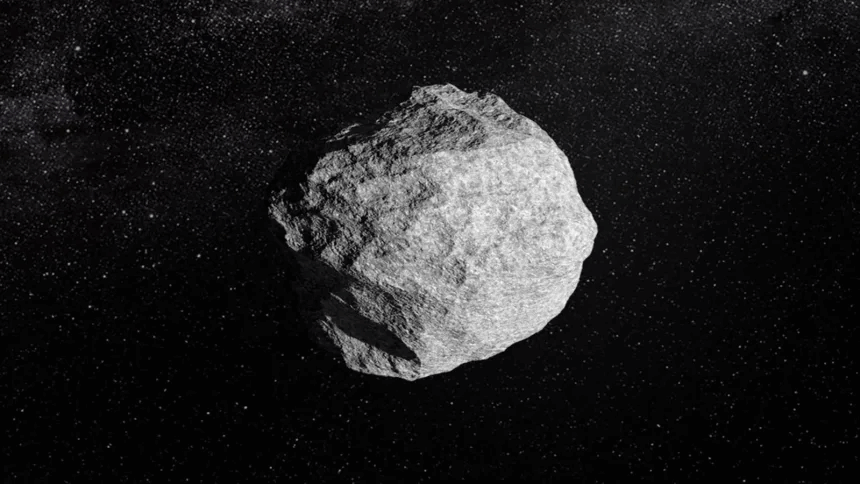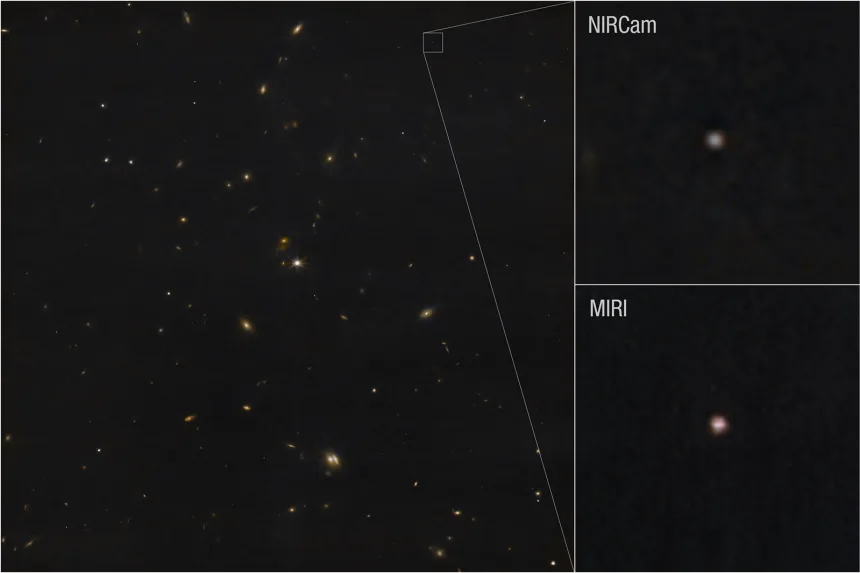Initially spotted in late 2024, the building-sized space rock appeared on course for a possible collision with our planet by December 22, 2032. Early estimates put the chance of impact at 3.1% in February, the highest ever recorded for an asteroid. However, as telescopes tracked its path, refined measurements ruled out an Earth strike.
Now, the latest data suggests YR4 could instead slam into the moon in late 2032. While such an event would not endanger people on Earth, it could threaten astronauts, lunar infrastructure, or satellites in orbit. It might also send tiny lunar particles toward Earth, creating a spectacular meteor shower.
At around 60 meters (200 feet) across — a so-called “city killer” — YR4 could carve out a 1-kilometer-wide crater on the moon, the largest in 5,000 years. The collision would unleash up to 100 million kilograms of rock and dust, some of which could reach Earth days or months later. Although no large debris would survive our atmosphere, even grain-sized fragments could damage satellites.
Experts say the greatest risk lies with space infrastructure, not life on Earth. Satellites could be hit by high-speed lunar debris, disrupting navigation, communications, and other vital services. Fortunately, such damage would likely be repairable and far from catastrophic.
For astronomers, YR4 is reshaping the conversation about planetary defense — expanding it to consider hazards to the moon and the growing number of human activities there. As Dr. Paul Wiegert of Western University notes, “We’re starting to realize we may need to extend that shield a little further.”

